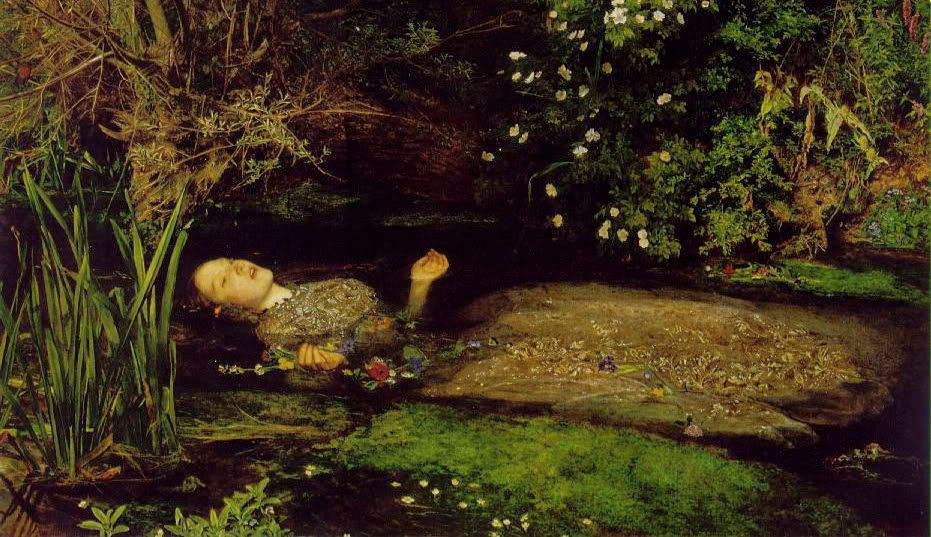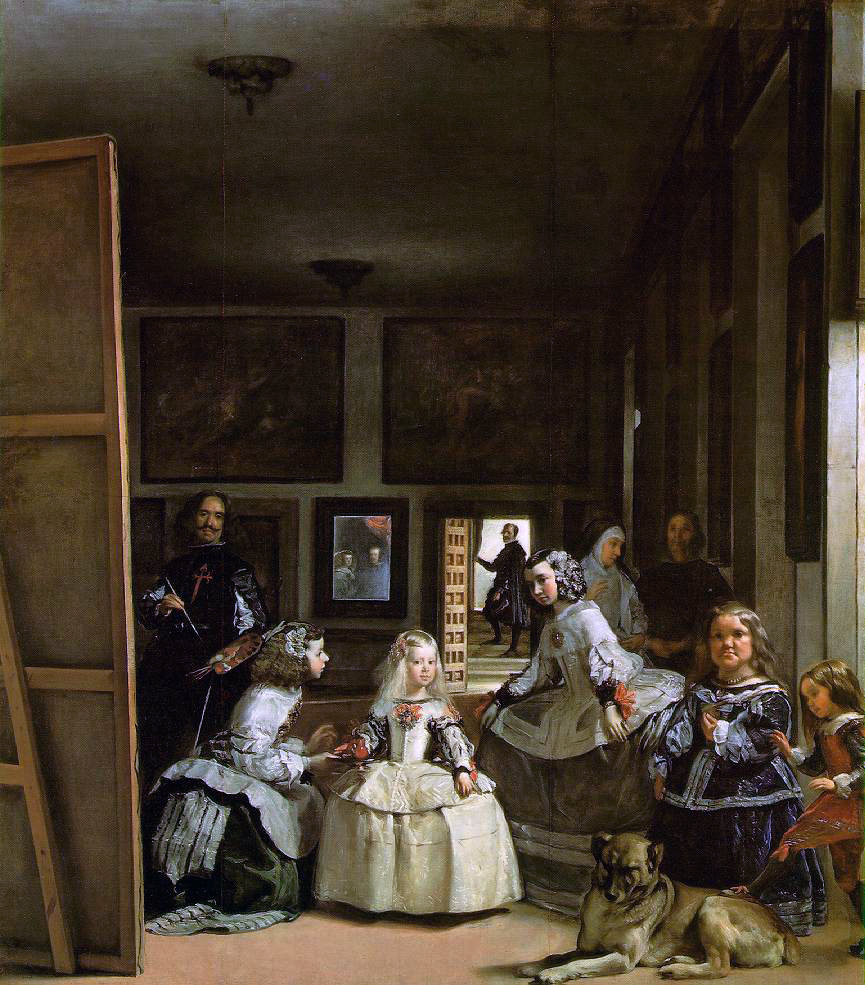
This piece by the father of Dada, Marcel Duchamp can be seen at the Philadelphia Museum of Art. The purpose of this piece was to react against the absurdities of society. Duchamp felt the Great War was stupid and pointless. The dada movement allowed artists to express themselves freely. With the Fountain, Duchamp got rid of the academia conventions like Bosch and Caravaggio.
I chose this piece because I feel that artists should always be able to freely express themselves and not fear critique. I first thought that this was not art but with the art history class I soon learned the true purpose behind this piece and have learned to embrace its true meaning. Duchamp’s way of getting peoples’ attention was by creating some this absurd and he served his purpose with this piece. His point was made in a very direct manner with this piece and this is why I added it to the collection.
I chose this piece because I feel that artists should always be able to freely express themselves and not fear critique. I first thought that this was not art but with the art history class I soon learned the true purpose behind this piece and have learned to embrace its true meaning. Duchamp’s way of getting peoples’ attention was by creating some this absurd and he served his purpose with this piece. His point was made in a very direct manner with this piece and this is why I added it to the collection.




















